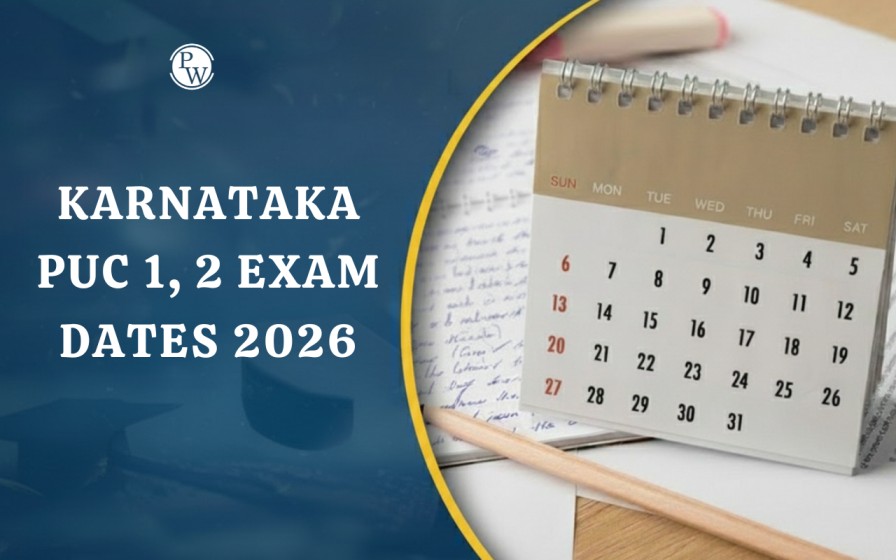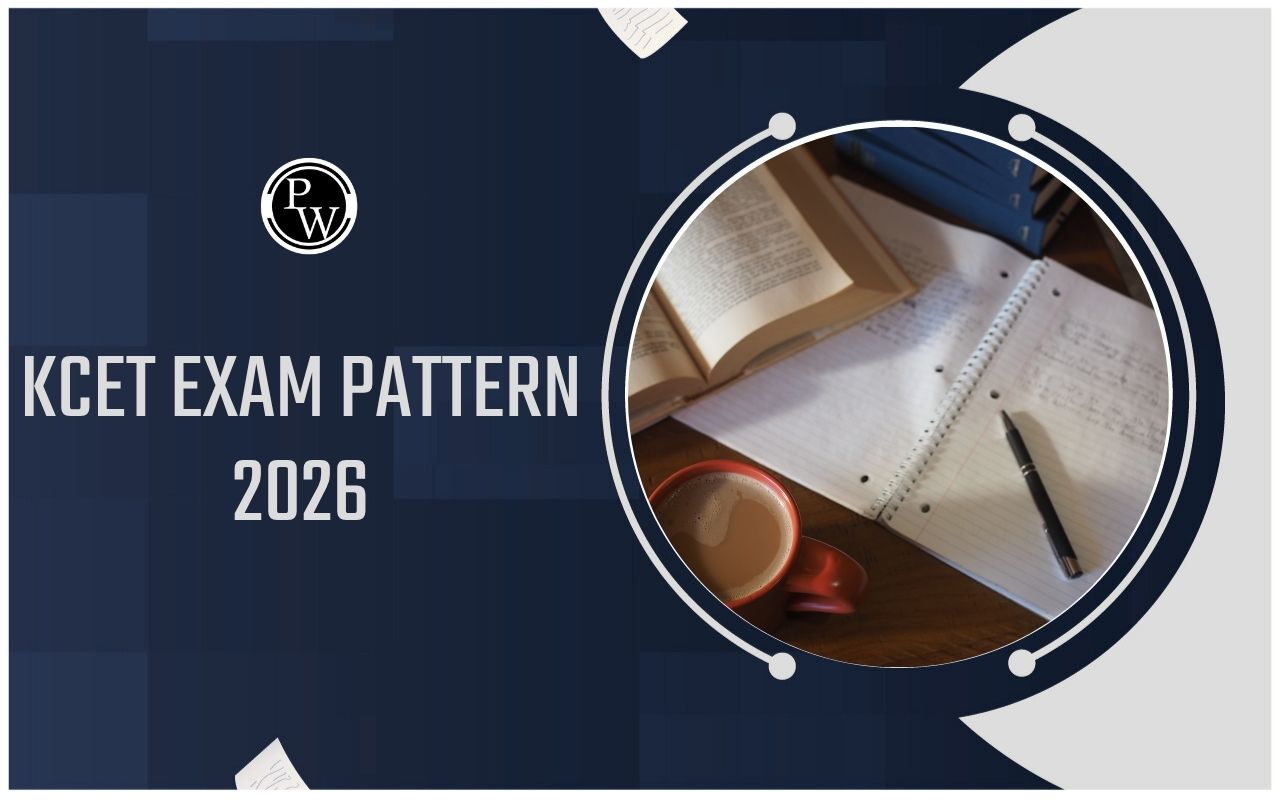
COMEDK UGET Marks vs Rank 2025: COMEDK UGET 2025 exam, conducted by the Consortium of Medical, Engineering, and Dental Colleges of Karnataka, is scheduled for May 12, 2025.
Candidates' ranks are determined based on their scores, which play a key role in securing admission to private engineering colleges in Karnataka.
The expected marks vs rank comparison helps aspirants understand their potential rank based on past trends. However, actual rankings may vary due to factors like exam difficulty, the number of candidates, and seat availability.
Higher scores increase the chances of admission to top colleges. Below, we have provided a detailed marks vs rank analysis to assist candidates in estimating their expected rank and planning their admission process.
COMEDK UGET Eligibility Criteria 2025
COMEDK 2025 Expected Rank Range
The expected rank range for COMEDK 2025 depends on exam performance, difficulty level, and competition. Based on previous trends, specific rank predictions for different score ranges are provided below.
|
Score Range (Out of 180) |
COMEDK 2025 Expected Rank Range |
|
170-180 |
1-10 |
|
160-169 |
11-50 |
|
150-159 |
51-150 |
|
140-149 |
151-350 |
|
130-139 |
351-800 |
|
120-129 |
801-1700 |
|
110-119 |
1701-3200 |
|
100-109 |
3201-5500 |
|
90-99 |
5501-9700 |
|
80-89 |
9701-14000 |
|
70-79 |
14001-23000 |
|
60-69 |
23001-36000 |
|
50-59 |
36001-45000 |
|
40-49 |
45001-45500 |
|
30-39 |
45501-48000 |
Difference Between COMEDK UGET Marks and Rank
COMEDK UGET Marks vs Rank 2025 analysis helps candidates estimate their expected rank based on the marks they score in the exam.
COMEDK UGET is conducted for admission to engineering colleges in Karnataka, and ranks are assigned based on the candidate’s performance.
Higher marks generally lead to better ranks, but factors like exam difficulty, the number of applicants, and category-wise seat distribution also affect rank calculation.
-
Marks refer to the raw score a candidate obtains in the COMEDK UGET exam, calculated based on correct responses.
-
Rank is the position a candidate secures in the merit list, determined by comparing their marks with other candidates.
-
Even with the same marks, ranks can differ each year due to competition, cutoff trends, and tie-breaking rules.
COMEDK 2025 Qualifying Marks
Candidates must meet the minimum qualifying marks to be eligible for admission. The cutoff varies by category and institute. The detailed qualifying marks required for different categories are mentioned below.
|
COMEDK 2025 Qualifying Marks |
|
|
Category |
COMEDK Cutoff Percentage |
|
SC |
40% |
|
ST |
40% |
|
General |
45% |
|
Others |
40% |
Factors Affecting COMEDK UGET Rank 2025
Marks Scored – Higher marks generally lead to better ranks.
Exam Difficulty Level – If the paper is tough, overall scores may drop, affecting rank distribution.
Total Number of Candidates – More participants increase competition, influencing cutoff ranks.
Category-Based Reservations – SC, ST, OBC, and other reserved categories may have relaxed cutoff criteria.
Seat Availability – The number of available seats in colleges impacts rank-wise admissions.
Normalization Process – Adjustments in scoring may be applied based on exam variations.
Tie-Breaking Rules – If two candidates score the same marks, additional criteria are used to determine rank.
Full Form of COMEDK, Eligibility, Application Form, Syllabus
Factors Affecting COMEDK UGET Rank 2025
-
Marks scored in the exam directly impact the rank; higher marks lead to better rankings.
-
The difficulty level of the exam affects overall score distribution, influencing ranks.
-
A higher number of candidates increases competition, leading to higher cutoff ranks.
-
Category-based reservations provide relaxed cutoff criteria for eligible candidates.
-
The availability of seats in participating colleges determines the required rank for admission.
-
In case of a tie, candidates with higher Mathematics scores are ranked higher.
-
If the tie persists, Physics scores are considered next, followed by fewer incorrect responses.
-
Older candidates are given preference if the tie remains unresolved.
Is it Worth to Take Drop for KCET 2025
How to Improve Your Rank in COMEDK UGET 2025
-
Strengthening conceptual clarity in Physics, Chemistry, and Mathematics can help improve rank.
-
Solving previous years' question papers and mock tests enhances exam readiness.
-
Effective time management and prioritizing high-weightage topics improve performance.
-
Avoiding unnecessary guesswork minimizes negative marking and improves accuracy.
-
Regular revisions help retain key concepts for better recall during the exam.
-
A well-planned exam-day strategy, such as solving easier questions first, boosts confidence and overall score.
COMEDK UGET Marks vs Rank 2025 FAQs
1. How is the COMEDK UGET 2025 rank determined?
2. What is the expected marks vs rank analysis for COMEDK UGET 2025?
3. How does a negative marking affect my rank in COMEDK UGET 2025?
4. What happens if two candidates get the same marks in COMEDK UGET?
5. Can my rank improve in COMEDK UGET 2025 after the exam?










